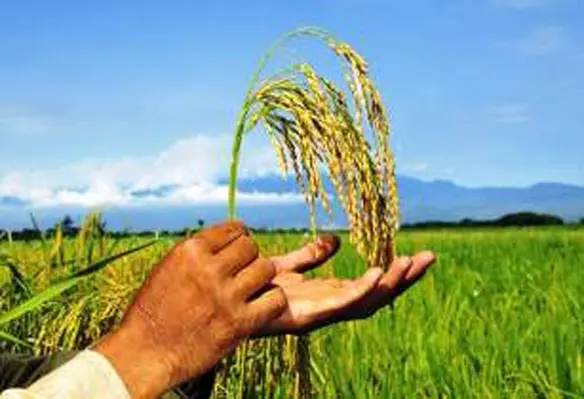Scientists in China have discovered a new variety of rice that will help tackle global warming and climate change, according to reports
The report in the journal Nature said that Chinese scientists have grown SUSIBA2 that meets the twin goals — it is high yielding and, at the same time, the fields growing this rice emit less methane than conventional varieties.
Flooded rice fields are a known source of atmospheric methane, the second most important greenhouse gas after carbon dioxide, and is said to be responsible for about 20 per cent of global warming.
While increasing rice production has always been the primary objective of agricultural researchers, not much attention was paid to reducing methane emission from paddy cultivation. Existing efforts to mitigate rice-associated methane emissions have focussed mainly on agricultural practices such as water management, fertiliser use, tillage and crop selection, which are labour intensive.
The variety is the result of collaborative work of scientists from the Fujian Academy of Agricultural Sciences and Hunan Agricultural University in China with researchers in the Swedish University of Agricultural Sciences, Uppsala and the Pacific Northwest National Laboratory in Washington.
The researchers generated SUSIBA2 by transferring genes from barley that are responsible for the production of starch in stems and grains using what is called ‘transcription factor technology’.
In rice, the leaves and stems take up CO2, which is transformed through photosynthesis into sugars. These sugars are used to produce plant biomass or storage compounds such as starch, in the shoots, roots and rice grains.
The transgenic SUSIBA2 rice produces grains with a high starch content by diverting more carbon from photosynthesis into grains and stems, and less into roots. This results in less carbon being available for methane-producing microbes present in the soil and less emission of methane from rice fields.
The researchers presented evidence for this from field trials conducted in three regions of China in three consecutive growing seasons.
They reported a significant reduction in methane emitted from SUSIBA2 rice plants, compared with a widely grown unmodified variety.
“We suggest that the use of SUSIBA2 rice in cutting methane emissions from paddies may become more relevant with global warming,” their study concluded.
Besides the general questions surrounding the use of genetically modified crops for human consumption, “we do not yet have a clear picture of how this modification affects rice plants' survival and general function,” the report added.
More important, it revealed, will be assessment of the long-term consequences of reduction of root-exuded carbon on beneficial soil microbes.




